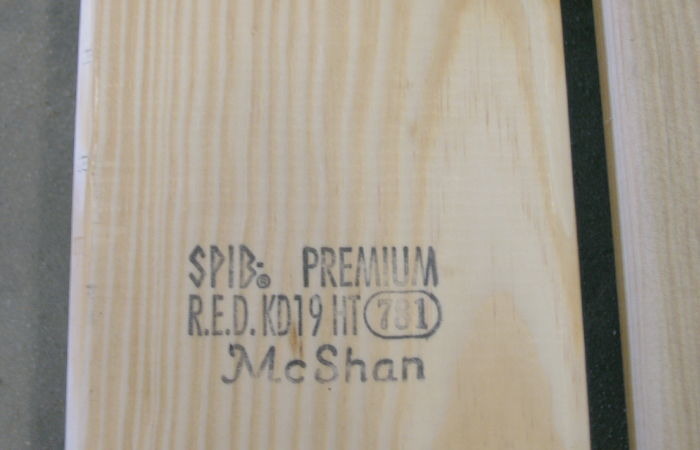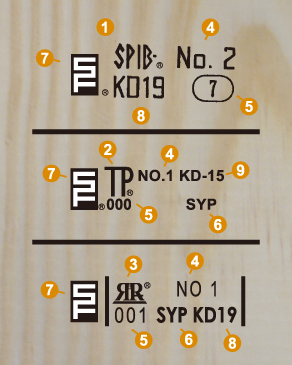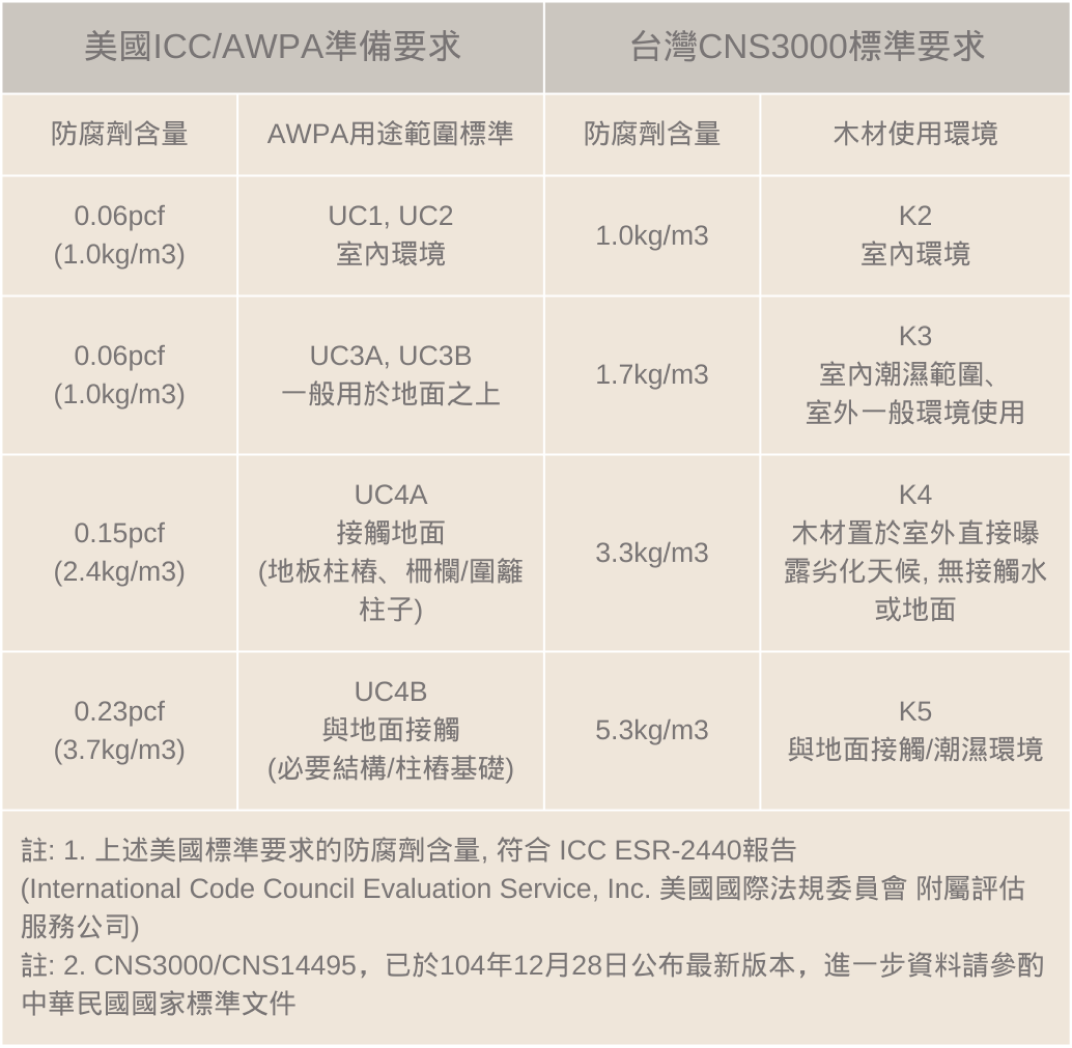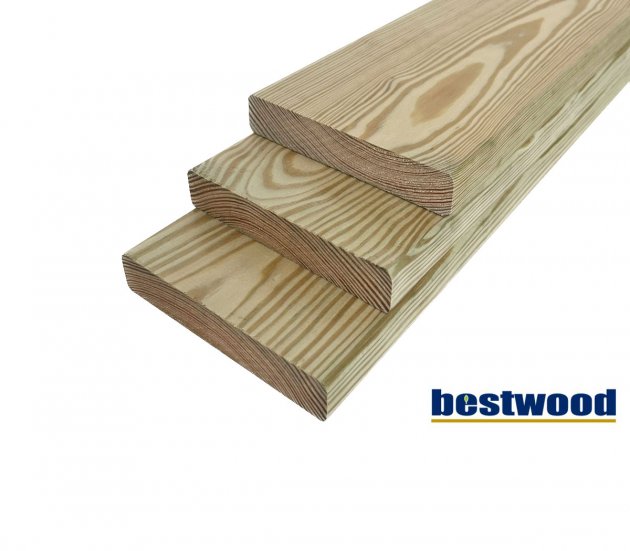Grade :Premium/ Standard/ Clear
Surface Processing :Rough/ S4S
Area :America
-
Southern Yellow Pine (SYP) comprises four main species:
• Longleaf Pine (Pinus palustris)
• Shortleaf Pine (Pinus echinata)
• Loblolly Pine (Pinus taeda)
• Slash Pine (Pinus elliottii)
These species have a wide range of growth, spanning from Texas to Florida in the United States, and extending northward to North Carolina. They are collectively referred to as "Southern Yellow Pine." Southern Yellow Pine is known for its strength and versatility, making it the most popular choice for structural purposes and widely used across various applications.

Beautiful Natural Appearance
Southern Yellow Pine (SYP) boasts a unique and attractive wood grain, lending it a naturally beautiful appearance.
High Strength and Excellent Abrasion Resistance
Southern Yellow Pine is renowned as the "super structural material in the world." It is commonly used in flooring, railway platforms, and container floors because even under heavy usage, it is resistant to wear and splitting.
Standard Quality Through Drying
The grading rules for Southern Yellow Pine specifically require that for thicknesses of 38mm and below, the moisture content must meet certain standards. Proper drying ensures the stability, strength, and appearance of the wood. Southern Yellow Pine that has been correctly dried will bear certification marks.
Structural Material for Wood Construction
Due to its high strength, durability, and excellent nail-holding capability, Southern Yellow Pine is highly suitable for residential and commercial building structures. It is also an ideal material for floor beams and joists. It can be used for outdoor landscapes, pergolas, flower beds, terraces, gazebos, yacht docks, bridges, indoor furniture, children's playground equipment, railings, retaining walls, etc. According to SPIB grading rules, Southern Yellow Pine is confirmed to be the best choice for engineering and framing structures.
Adventage of bestwood

-
Grading Marks for Southern Yellow Pine
The quality of Southern Yellow Pine is assessed according to grading standards established by the Southern Pine Inspection Bureau (SPIB). Institutions such as SPIB, TP, RRA, certified by the American Lumber Standard Committee (ALSC), provide inspection and grading services for Southern Yellow Pine in accordance with SPIB grading rules. Explanation:
Explanation:
Quality Inspection Agencies:
1.Southern Pine Inspection Bureau (SPIB)
2.Timber Products Inspection, Inc. (TP)
3.Recycled Resources Accreditation (RRA)
4.Grade of Dimension Lumber
5.Mill Number
6.Species Name
7.Mill Mark (Optional)
8.KD19: Indicates a moisture content of up to 19% after kiln drying.
9.Subjected to heat treatment to meet international quarantine requirements. -
Southern Yellow Pine Treated Specifications左右尚有資訊

-
Southern Yellow Pine (SYP) is renowned for its high strength, durability, and excellent nail-holding capability. According to the grading rules set by the Southern Pine Inspection Bureau (SPIB), Southern Yellow Pine is recognized as the optimal choice for structural engineering and framing. It is highly suitable for residential and commercial building structures.
It is also an ideal material for outdoor decking, railway platforms, container floors, and beams. Additionally, it finds extensive applications in landscaping projects such as pergolas, terraces, and gazebos, as well as maritime constructions like yacht docks and bridges. In indoor settings, it is commonly used for flooring, indoor furniture, cabinet doors and windows, and staircase components. Moreover, it is employed in the construction of children's playground equipment, railings, retaining walls, and more.
-
Currently, commonly seen water-based wood preservatives ACQ and MCA on the market do not contain toxic chemicals prohibited by the United States Environmental Protection Agency (EPA), such as arsenic and chromium. This allows Southern Yellow Pine preservatives to be more naturally and safely used extensively.
ACQ
The full name is Alkaline Copper Quaternary (Copper Alkyl Amine Compound), which is a water-based environmentally friendly preservative. The color of ACQ-treated wood is darker, appearing greenish-brown. If left untreated after construction, it will weather naturally to a silver-gray color over several months.MCA
The full name is Micronized Copper Azole, which is one of the most commonly used water-based preservatives for treating Southern Yellow Pine. Wood treated with MCA has a lighter and brighter color, allowing the natural beauty of the wood grain to be more clearly visible. It utilizes MicroPro™ micronization technology to reduce copper molecules to a small size, allowing them to be solidly fixed in the wood tissue, resulting in effective copper leaching resistance. It also effectively prevents termite and other insect infestations, enduring rigorous tests in natural environments.Preservative Content and Usage Environment
Depending on the preservative used and the specific usage environment, both Taiwan and the United States have detailed regulations regarding preservative content to ensure product quality. The following chart compares the content of MCA preservatives domestically and internationally:

-
Southern Yellow Pine Treated CharacteristicSouthern Yellow Pine (SYP) comprises four main species:
• Longleaf Pine (Pinus palustris)
• Shortleaf Pine (Pinus echinata)
• Loblolly Pine (Pinus taeda)
• Slash Pine (Pinus elliottii)
These species have a wide range of growth, spanning from Texas to Florida in the United States, and extending northward to North Carolina. They are collectively referred to as "Southern Yellow Pine." Southern Yellow Pine is known for its strength and versatility, making it the most popular choice for structural purposes and widely used across various applications.

Beautiful Natural Appearance
Southern Yellow Pine (SYP) boasts a unique and attractive wood grain, lending it a naturally beautiful appearance.
High Strength and Excellent Abrasion Resistance
Southern Yellow Pine is renowned as the "super structural material in the world." It is commonly used in flooring, railway platforms, and container floors because even under heavy usage, it is resistant to wear and splitting.
Standard Quality Through Drying
The grading rules for Southern Yellow Pine specifically require that for thicknesses of 38mm and below, the moisture content must meet certain standards. Proper drying ensures the stability, strength, and appearance of the wood. Southern Yellow Pine that has been correctly dried will bear certification marks.
Structural Material for Wood Construction
Due to its high strength, durability, and excellent nail-holding capability, Southern Yellow Pine is highly suitable for residential and commercial building structures. It is also an ideal material for floor beams and joists. It can be used for outdoor landscapes, pergolas, flower beds, terraces, gazebos, yacht docks, bridges, indoor furniture, children's playground equipment, railings, retaining walls, etc. According to SPIB grading rules, Southern Yellow Pine is confirmed to be the best choice for engineering and framing structures.
Adventage of bestwood

-
Southern Yellow Pine Treated Certification
Grading Marks for Southern Yellow Pine
The quality of Southern Yellow Pine is assessed according to grading standards established by the Southern Pine Inspection Bureau (SPIB). Institutions such as SPIB, TP, RRA, certified by the American Lumber Standard Committee (ALSC), provide inspection and grading services for Southern Yellow Pine in accordance with SPIB grading rules. Explanation:
Explanation:
Quality Inspection Agencies:
1.Southern Pine Inspection Bureau (SPIB)
2.Timber Products Inspection, Inc. (TP)
3.Recycled Resources Accreditation (RRA)
4.Grade of Dimension Lumber
5.Mill Number
6.Species Name
7.Mill Mark (Optional)
8.KD19: Indicates a moisture content of up to 19% after kiln drying.
9.Subjected to heat treatment to meet international quarantine requirements. -
Southern Yellow Pine Treated SpecificationsSouthern Yellow Pine Treated Specifications左右尚有資訊

-
Southern Yellow Pine Treated ApplicationsSouthern Yellow Pine (SYP) is renowned for its high strength, durability, and excellent nail-holding capability. According to the grading rules set by the Southern Pine Inspection Bureau (SPIB), Southern Yellow Pine is recognized as the optimal choice for structural engineering and framing. It is highly suitable for residential and commercial building structures.
It is also an ideal material for outdoor decking, railway platforms, container floors, and beams. Additionally, it finds extensive applications in landscaping projects such as pergolas, terraces, and gazebos, as well as maritime constructions like yacht docks and bridges. In indoor settings, it is commonly used for flooring, indoor furniture, cabinet doors and windows, and staircase components. Moreover, it is employed in the construction of children's playground equipment, railings, retaining walls, and more.
-
Preservative Regulations
Currently, commonly seen water-based wood preservatives ACQ and MCA on the market do not contain toxic chemicals prohibited by the United States Environmental Protection Agency (EPA), such as arsenic and chromium. This allows Southern Yellow Pine preservatives to be more naturally and safely used extensively.
ACQ
The full name is Alkaline Copper Quaternary (Copper Alkyl Amine Compound), which is a water-based environmentally friendly preservative. The color of ACQ-treated wood is darker, appearing greenish-brown. If left untreated after construction, it will weather naturally to a silver-gray color over several months.MCA
The full name is Micronized Copper Azole, which is one of the most commonly used water-based preservatives for treating Southern Yellow Pine. Wood treated with MCA has a lighter and brighter color, allowing the natural beauty of the wood grain to be more clearly visible. It utilizes MicroPro™ micronization technology to reduce copper molecules to a small size, allowing them to be solidly fixed in the wood tissue, resulting in effective copper leaching resistance. It also effectively prevents termite and other insect infestations, enduring rigorous tests in natural environments.Preservative Content and Usage Environment
Depending on the preservative used and the specific usage environment, both Taiwan and the United States have detailed regulations regarding preservative content to ensure product quality. The following chart compares the content of MCA preservatives domestically and internationally:










